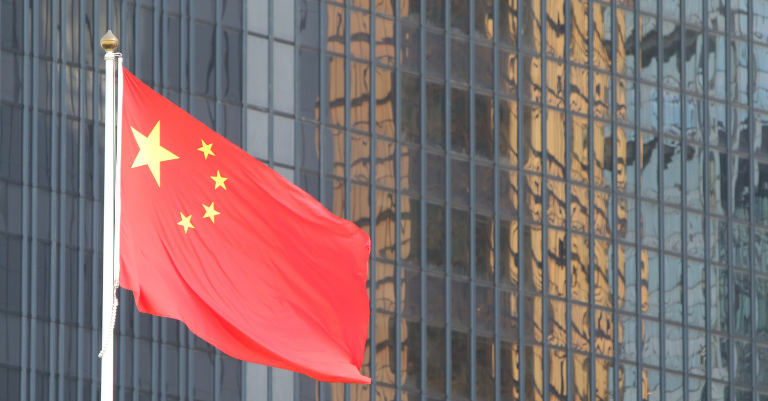The CNIPA can be forgiven for its somewhat inflexible and bureaucratic approach to TM registration procedure as its workload involves examination of literally millions of applications. It operates in a manner that seems calculated to limit areas of discretion so as to expedite its processing of applications. The system does not take account of, or make allowances for, ancillary or related actions.
For practitioners and applicants, the official practice means that it is vital that due importance is accorded to application filing dates, and that there is a keen awareness of (approximate) examination timelines and a understanding of working within short, non-extendable official time limits. Juggling these factors, and sometimes adding into the mix the unpredictability of third-party actions, is a normal part of everyday TM practice in China.
Applications regularly encounter citation objections. A reasonably common strategy to try to remove citation obstacles is to apply to cancel earlier marks for non-use. Cancellation actions are processed more slowly than applications for registration and the CNIPA will not suspend its processing of an application pending the outcome of a related cancellation action. The only effective method of protecting the applicant’s position in these situations is to re-file. If the applicant does not do so, the owner of a challenged registration could itself re-apply to register its mark and if the other party re-files ahead of the applicant, its application will take precedence. This could have the effect of making a non-use cancellation challenge redundant.
A contested cancellation action may take well over a year to conclude. This means that an applicant may have to re-file several times to maintain its claim to a trade mark. But at any time, such a strategy could be undermined if the other party itself embarks on a re-filing exercise and, by happenstance, has an earlier valid application at the time the cancellation action is concluded. As we exercise no control over the actions of the other party or their timing, it is not possible to obviate completely the risk of this happening. So, for committed applicants, timing can be a critical issue when addressing citation objections.
This aspect of China practice has recently become more acute because it appears that the CNIPA has accelerated its examination of trade mark applications, whereas there seems to be no corresponding acceleration in the processing of non-use cancellation actions. This is understandable, of course, since the former is essentially an ex parte proceeding, while the latter involves inter partes considerations. In practical terms it means it has become more difficult to maintain a client’s application while awaiting the outcome of a related cancellation action, or similar. It means more expense for the applicant and more unpredictability as multiple re-filings may be needed to maintain a claim while a non-use challenge plays out.
As always it remains key to keep the client informed throughout of its options and aware of the inherent risks to any strategy.



